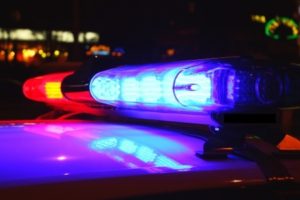 The Court continued in relevant part: Whether the victim acted unlawfully relates to whether a defendant may have contemplated the victim’s actions. In other words, the unlawful nature of the victim’s crossing should have been a factor for the jury in determining whether his fatality was “within the risk of which the actor was aware,” and, if not, whether his fatality involved “the same kind of injury or harm as the probable result” of defendant’s driving, and it was not “too remote, accidental in its occurrence, or dependent on the victim’s volitional act.”
The Court continued in relevant part: Whether the victim acted unlawfully relates to whether a defendant may have contemplated the victim’s actions. In other words, the unlawful nature of the victim’s crossing should have been a factor for the jury in determining whether his fatality was “within the risk of which the actor was aware,” and, if not, whether his fatality involved “the same kind of injury or harm as the probable result” of defendant’s driving, and it was not “too remote, accidental in its occurrence, or dependent on the victim’s volitional act.”
We reject the State’s argument that Buckley permitted the court to omit the causation charge. We do so for three reasons. First, as we have discussed, Buckley did not address jury instructions. Second, the facts in this case are unlike those in Buckley, where “but for” causation was not at issue; and the accident would have occurred regardless of the victim-passenger’s violation of the motor vehicle law. Here, “but for” causation was disputed, and defendant contends that the accident would have been avoided had the victim-pedestrian not violated N.J.S.A. 39:4-36.
Third, the State did not expressly limit its contention to the first prong of N.J.S.A. 2C:2-3(c). We discern no basis in the record for the State’s argument that it “relied exclusively on the first prong. The State did not refer to the language of the prong in its opening or closing. Even if it had, the court erred because it did not instruct the jury as to that prong. However, as the State did not limit its contention as to causation, the court was required to instruct the jury as to both prongs.
In sum, the court was required to deliver the model charge on causation, and to deliver an instruction on N.J.S.A. 39:4-36. The failure to do so was plain error.
The conviction was reversed and remanded for a new trial. The defense will have their work cut out for them even with the benefit of the causation instruction. Juries are almost always going to be hesitant to “blame the victim” in cases where they die in a motor vehicle accident.
